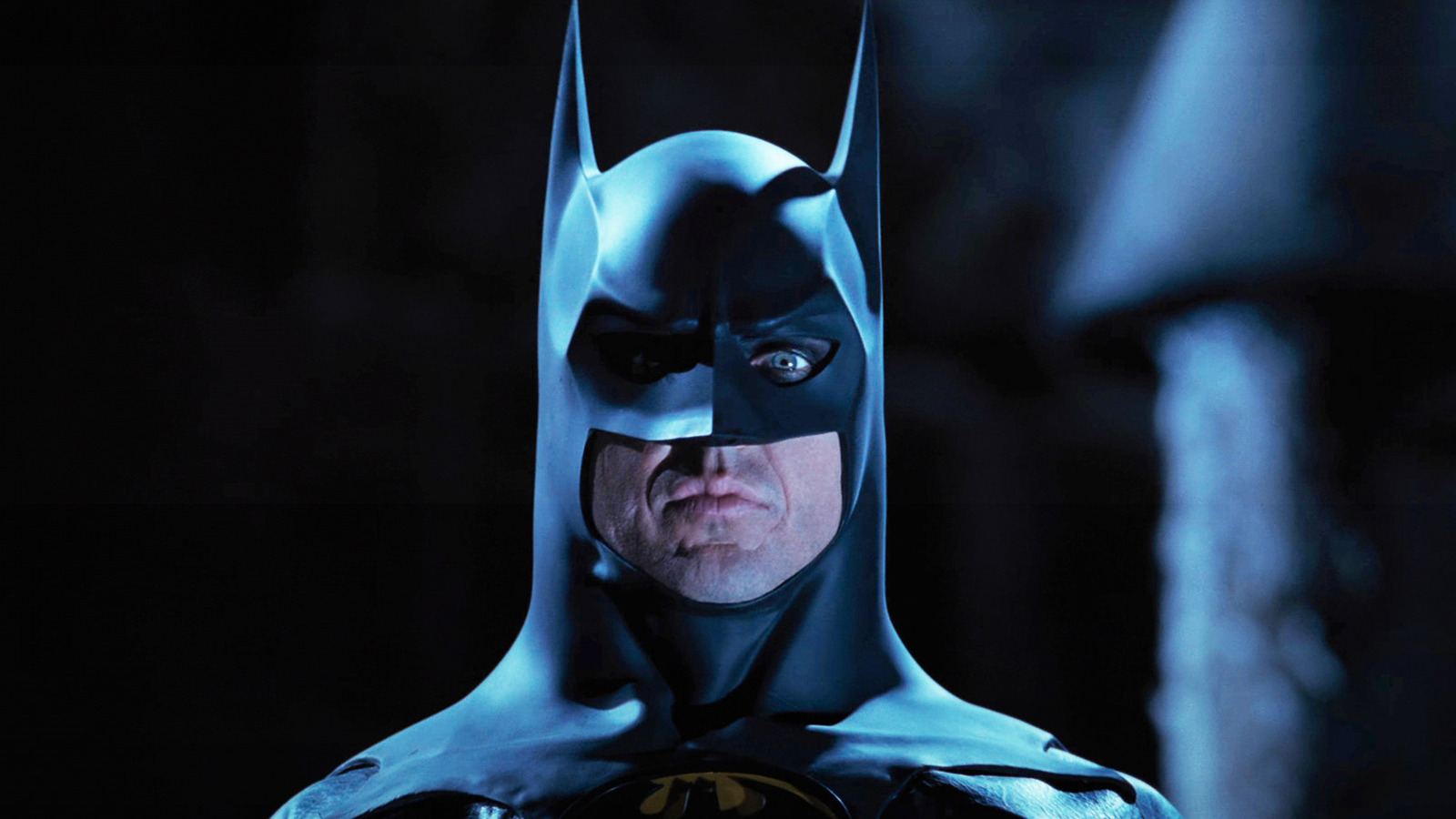
Whereas “Batman Returns” was full-on Tim Burton, it nonetheless maintained a lot of what made its predecessor so fashionable. Michael Keaton’s brooding Bruce Wayne returned sporting a streamlined model of the rubber Batsuit from “Batman.” Michael Gough’s Alfred was additionally again for the sequel, alongside Pat Hingle’s Commissioner Gordon, who this time oversaw a Gotham Metropolis within the midst of the Christmas season.
And one of the essential components of “Batman,” which turned simply as essential to “Returns” was Burton’s tackle Gotham as a metropolis that belonged to each period and to none in any respect. “Returns” specifically showcased a Gotham impressed simply as a lot by oppressive fascist structure because it was by Artwork Deco design. The consequence was a model of town that felt oddly timeless, through which high-tech Bat-gadgets appeared proper at residence alongside a populace that dressed as if suspended in some kind of Nineteen Forties stasis.
This concept of a metropolis that mixed numerous time durations was, by the way, influential on Bruce Timm and Eric Radomski when designing the aesthetic of “Batman: The Animated Collection.” It additionally allowed Burton to sneak in some cultural tropes that will have appeared ridiculous had been it not for his weird time warp of a metropolis. As an example, the scene the place Danny DeVito’s Penguin flies right into a rage after having his public speech sabotaged by Bruce Wayne ends with the viewers pelting him with rotten greens — a observe typically related to public performances of Shakespeare performs again within the Elizabethan period and which is, in fact, the genesis of a sure critic rating aggregator web site’s identify. Except for as soon as once more reinforcing the timelessness of Burton’s Gotham, this scene can be noteworthy for managing to sneak in a Danny Elfman cameo.


